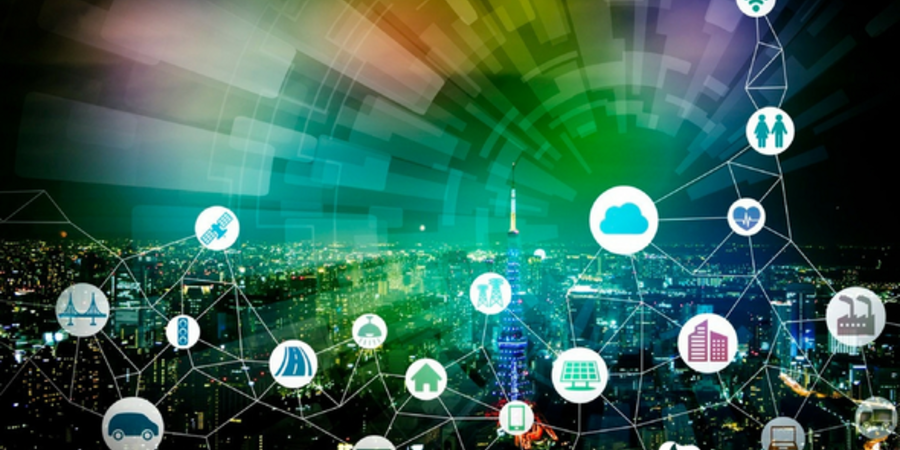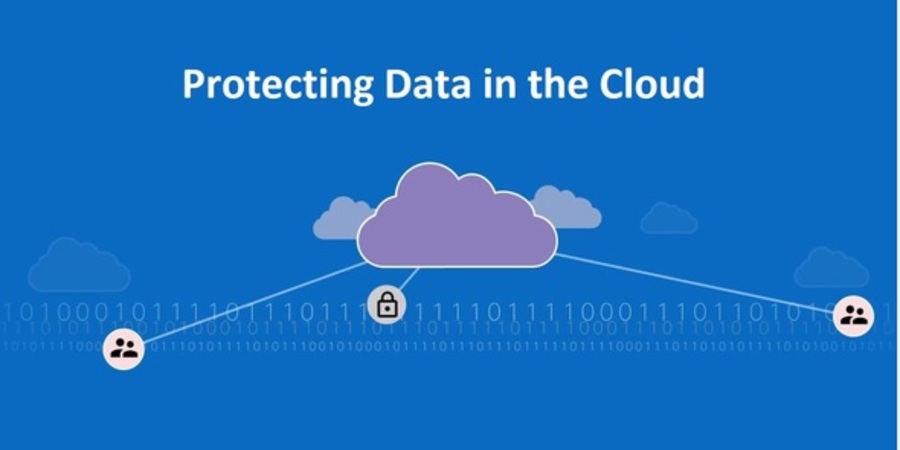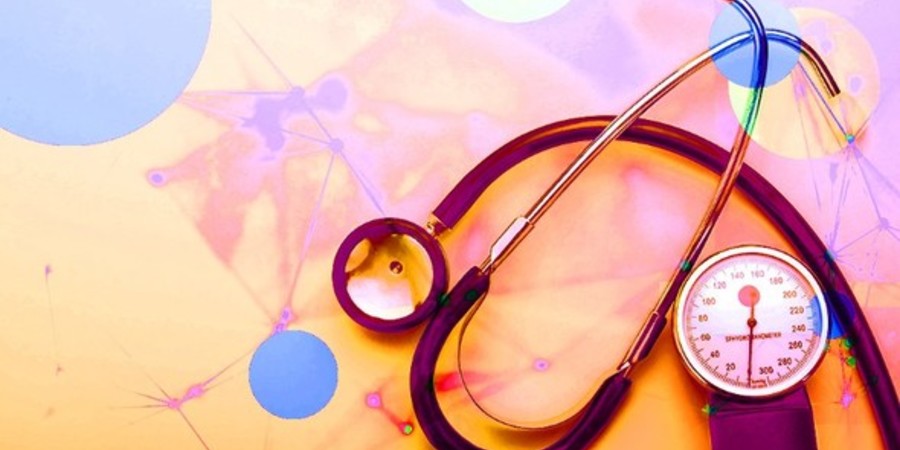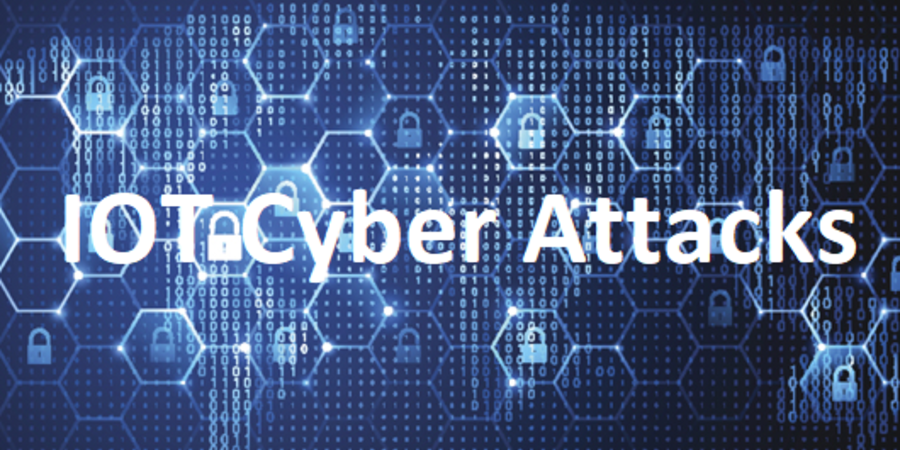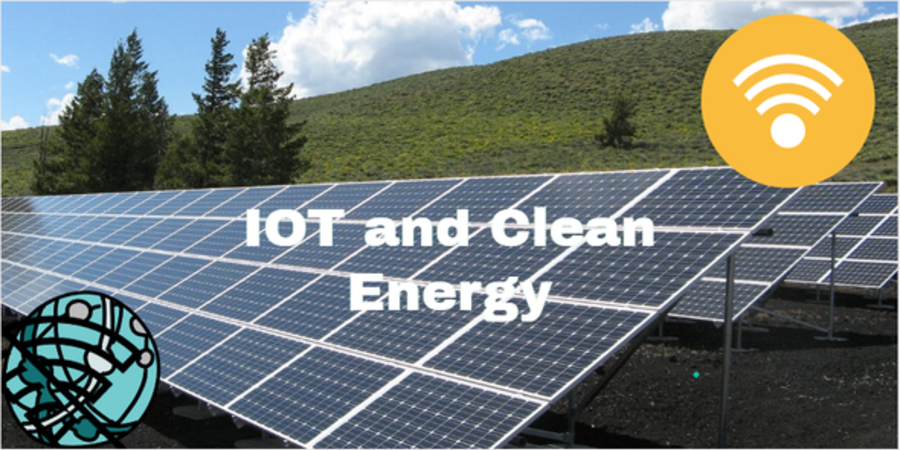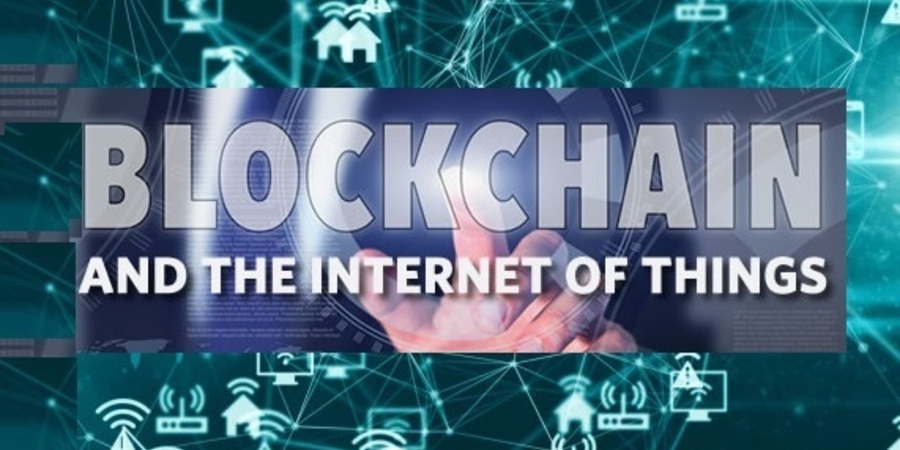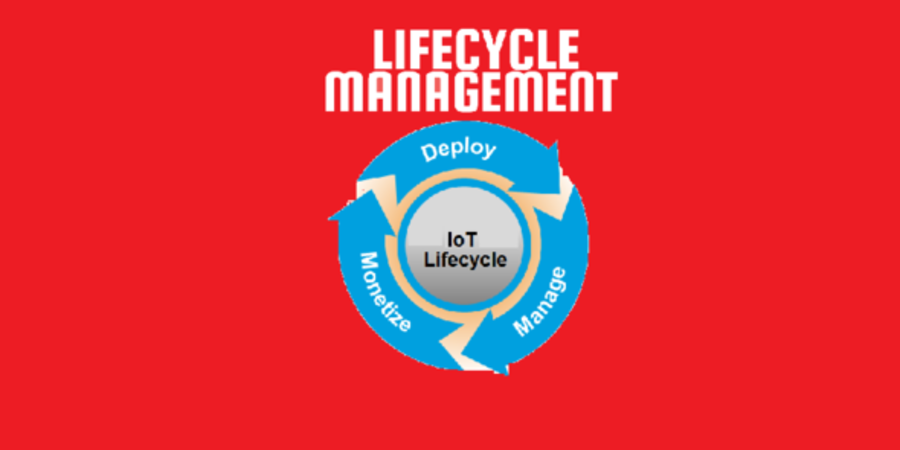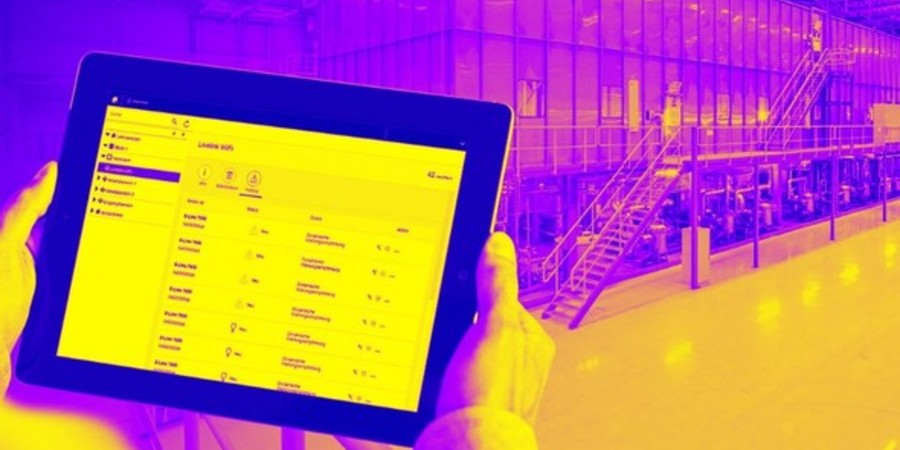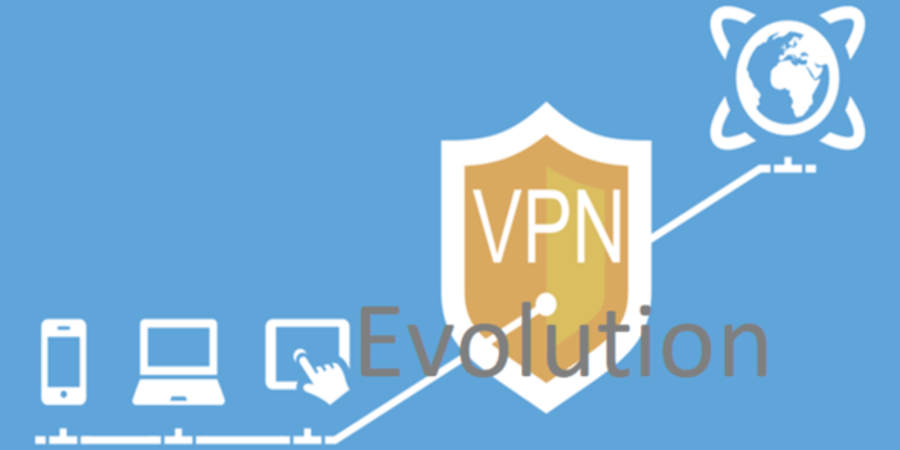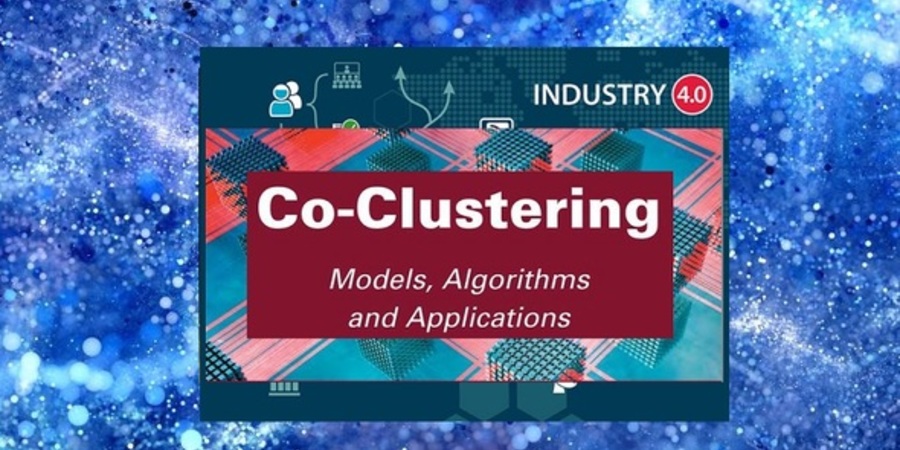The advent of IIoT (Industrial IoT) has completely changed the global IoT scenario. On one hand, IIoT drives the fourth wave of industrial revolution, and on the other hand, it contributes significantly to the unprecedented surge in the number of connected devices worldwide. Companies have started utilizing the IIoT to collect, aggregate, and analyze data to maximize efficiency and enhance productivity. The IIoT not only bring automation through machine learning but also establishes better synergy among machines to optimize output. However, implementation of IoT at your workplace requires utmost care and precision.

